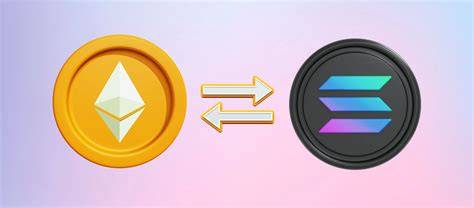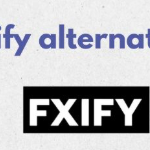In this article, I will discuss how to Bridge Tokens from Ethereum to Solana safely and efficiently—bridging permits moving Ethereum-based tokens to Solana, where it is possible to take advantage of Solana’s fast and low-fee network.
- What is a Bridge Token?
- How to Bridge Tokens from Ethereum to Solana
- Example: Bridging USDC from Ethereum to Solana
- Step 1: Head over to the Wormhole Bridge Website
- Step 2: Link Your Ethereum Wallet
- Step 3: Choose the Token to Bridge
- Step 4: Select Solana as the destination Layer 1 Blockchain
- Step 5: Approve the Transaction on Ethereum
- Step 6: Go through the Bridge Processing Cycle
- Step 7: Evaluate your Solana wallet
- Top Trusted Crypto Bridge
- How Crypto Bridge Tokens Work?
- Locking the Original Token
- Minting a Bridge Token
- Transaction Confirmation
- Use on the Destination Chain
- Redeeming Back to the Original Chain
- Security and Auditing
- Fees and Transaction Times
- Tips for a Smooth Bridging Experience
- Reputable Bridges
- Wallet Addresses
- Tokens and Bridges
- Processing Time
- Transaction Payments
- Transaction Details
- Wallets
- Transaction Time
- Risks and Security Considerations
- Smart Contract Vulnerabilities
- Wrong Wallet Address
- Bridge Centralization
- Congestion in the Network
- Phishing and Fake Bridges
- Bridges with Low Liquidity
- Conclusion
- FAQ
This also enables access to Solana’s DeFi ecosystem and applications. The steps, recommended bridges, fees, and smooth and secure token transfer tips will also be discussed in the post.
What is a Bridge Token?
A bridge token facilitates the transfer of assets between different blockchains. When you move a token from one blockchain to another, like Ethereum to Solana, the original token, Ethereum in this case, is secured in a smart contract.
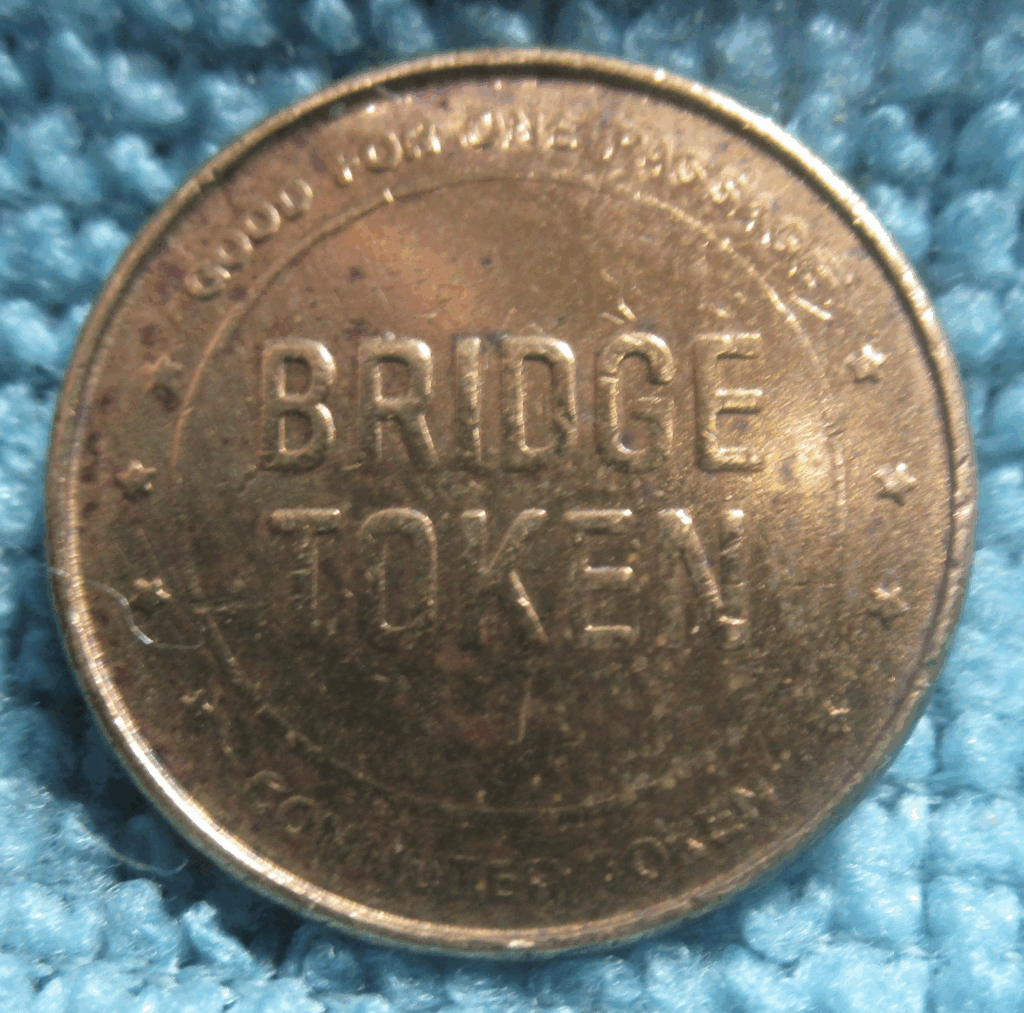
The token is then minted onto the second blockchain, Solana, as a representation of the Ethereum token. On the Solana network, the preminted bridge token can be utilized just like in Ethereum. Bridge tokens enable the use of one decentralized application across multiple blockchains, eliminating the need for liquidation or asset exchange, which proves crucial for cross-chain interoperability.
How to Bridge Tokens from Ethereum to Solana
Example: Bridging USDC from Ethereum to Solana
Step 1: Head over to the Wormhole Bridge Website
- Open the link to Wormhole Bridge in a new tab.
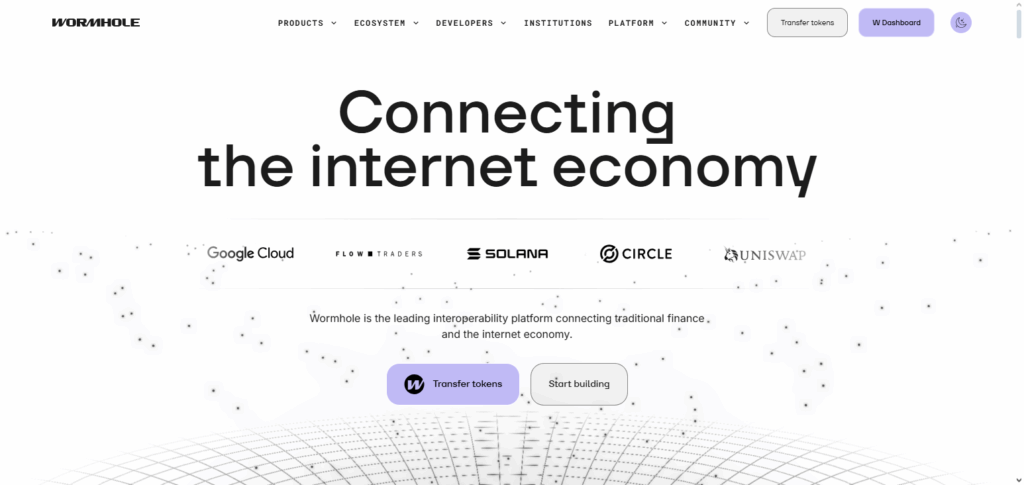
- Confirm you are on the correct link to avoid being scammed.
Step 2: Link Your Ethereum Wallet
- Click on the option “Connect Wallet” and select MetaMask (or any Ethereum-related wallet).
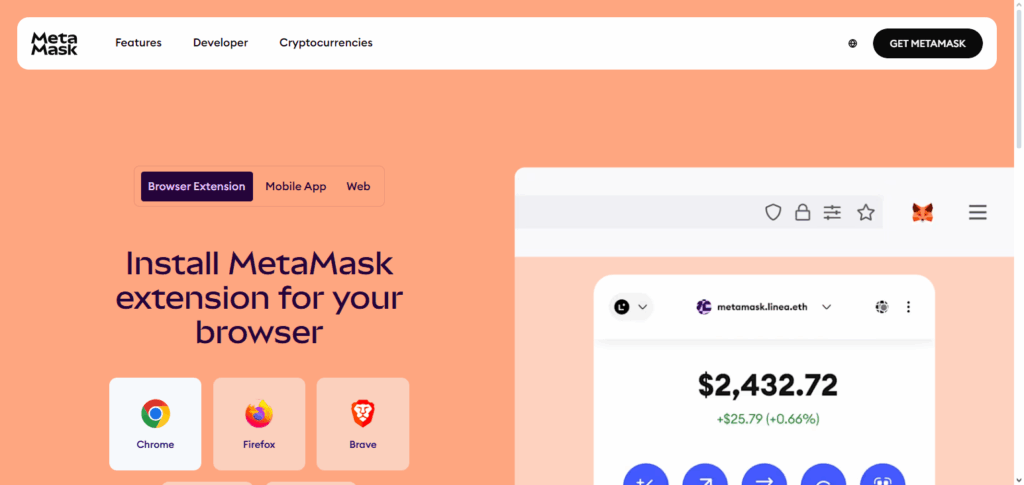
- Give a green light to the connection with the site.
Step 3: Choose the Token to Bridge
- From the dropdown list, select USDC (or any token of your choice).
- Fill in the amount you wish to bridge.
Step 4: Select Solana as the destination Layer 1 Blockchain
- Select Solana as a destination Layer 1 blockchain.
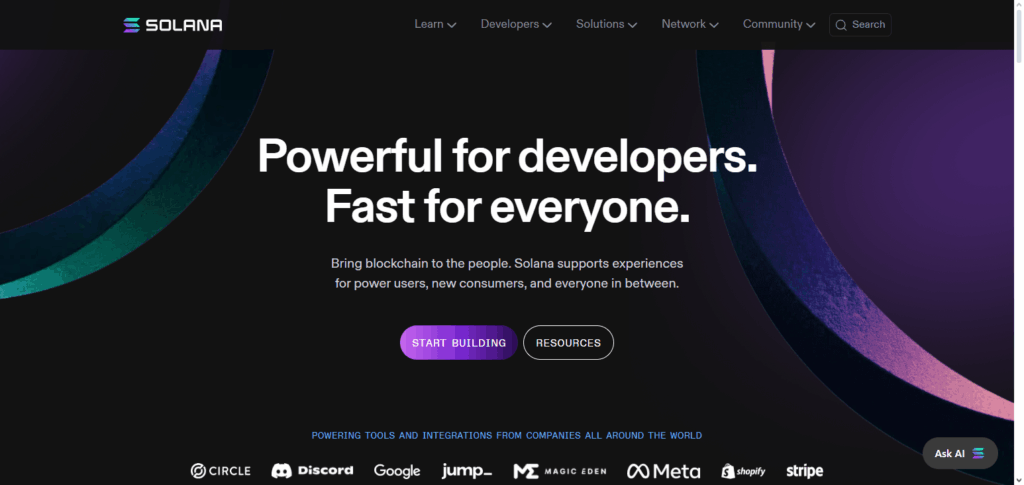
- Link your Solana wallet (Phantom, Solflare, Sollet).
Step 5: Approve the Transaction on Ethereum
- Check the bridging information and the gas.
- Approve the transaction using your Ethereum wallet.
Step 6: Go through the Bridge Processing Cycle
- The Wormhole Bridge locks the amount of Ethereum USDC you sent and then mints another USDC on Solana.
- The time taken can range from a few minutes to more than that, depending on network congestion.
Step 7: Evaluate your Solana wallet
- Launch your Solana wallet and confirm the arrival of bridged USDC.
- Spend them instantly on Solana dApps or swap them on exchanges built on Solana.
Top Trusted Crypto Bridge
AllBridge
AllBridge is an advanced platform allowing all Ethereum users to send and swap tokens to other blockchains like Solana.
Unlike other token swap platforms where the tokens are interchanged, AllBridge locks Ethereum token and then represents the Solana token.
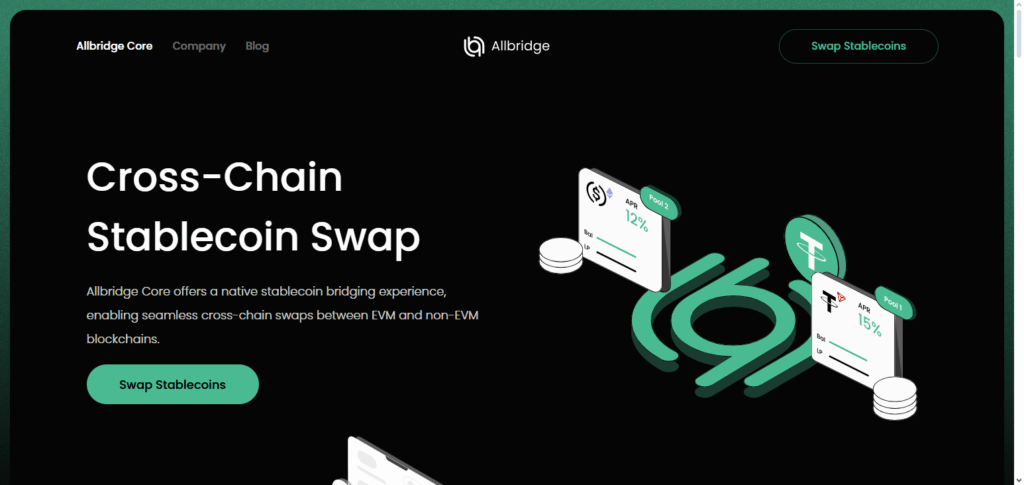
It is highly usable and versatile with real-world value. It is easily sendable, and the Ethereum tokens system is integrated with leading wallets like MetaMask and Phantom. AllBridge is very focused on client safety and ensures all client transaction has perfect trackability.
It has smart contracts, which are well reviewed. AllBridge offers documentable cross-chain transaction services that include value and Ethereum tokens across all other platforms.
Synapse
Synapse Bridge securely and efficiently transfers assets through its cross-chain bridge. It locks original tokens on Ethereum and mints their equivalent on Solana, allowing users to maximize Solana’s value due to its rapid and low-fee network.
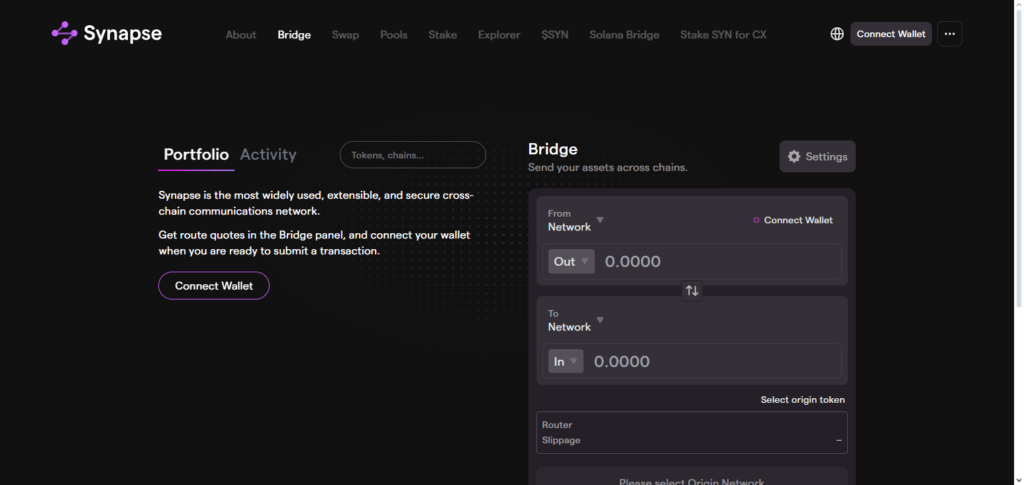
Synapse is different from other protocols because of its liquidity-centric model, which focuses on ease of routing. This model on Synapse minimizes the time to transact on the Ethereum network and increases the ease of routing the tokens to Solana, even if the network is congested.
It also provides seamless access to Solana-based DeFi protocols, supporting various tokens, offering smooth wallet integrations, and ensuring ease of use. Synapse is the most reliable Ethereum to Solana bridge because of the reliability, speed, and cross-chain flexibility it offers.
deBridge
deBridge is an innovative and secure cross-chain bridge that allows users to transfer tokens from Ethereum to Solana with great efficiency.
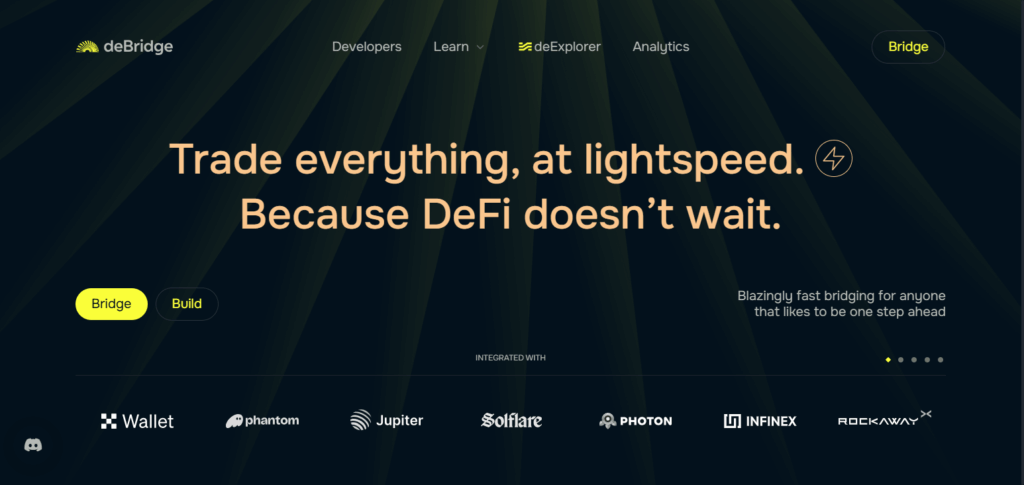
It achieves this by locking the original Ethereum tokens and creating an equivalent amount of wrapped tokens on Solana, thus ensuring the transferred assets retain their full value. Unlike other cross chains, deBridge is modular and decentralized, providing customizable bridging routes and support for various token types without a single liquidity pool.
deBridge’s fast, reliable, and trusted transfers are what make it stand out. Coupled with real-time monitoring, seamless wallet integrations, and transparent governance, it is a strong solution for users wanting to access Solana’s ecosystem with their Ethereum assets.
How Crypto Bridge Tokens Work?
Locking the Original Token
- The original token on the source blockchain (for instance, Ethereum) gets locked inside a smart contract.
- This guarantees the token cannot be spent or used twice during the bridging process.
Minting a Bridge Token
- On the target blockchain (for instance Solana), a bridge token which is a replica is minted.
- As a representation of the locked original asset, this bridge token can be utilized similarly to the native token on the new chain.
Transaction Confirmation
- Validators or smart contracts involved in the bridging process confirm the lock and mint actions and, the bridge performs the necessary checks.
- When confirmation is received, the bridge token is automatically transferred to the specified destination wallet.
Use on the Destination Chain
- The bridge token can be utilized on the new blockchain for DeFi apps, trading, or staking.
Redeeming Back to the Original Chain
- On the destination chain, the bridge token can be burned by users.
- Unlocking the original token on source blockchain completes the round trip transfer.
Security and Auditing
- To secure the bridge from hacks, token loss, or both, multi signature validators, audits, and monitoring are used.
Fees and Transaction Times
Fees
- Ethereum Gas Fees: Since the original token remains secured on Ethereum, users pay the network gas fee, which fluctuates during periods of heavy congestion.
- Bridge Service Fees: On most bridges, the fee for cross-chain transactions is small (generally between 0.1%-0.5% of the amount transferred).
- Destination Network Fees: On Solana, the network’s low transaction fees (generally less than a cent) make Solana especially cheap once the token arrives.
Transaction Times
- Ethereum Confirmation: Locking the token can take anywhere from a few seconds to several minutes depending on network congestion.
- Bridge Processing: Usually between 2 and 10 minutes, the bridge verifies the transaction and mints the corresponding token on Solana.
- Solana Confirmation: The token is received almost instantaneously due to Solana’s fast block times.
Tips for a Smooth Bridging Experience
Reputable Bridges
Do not use unverified bridges to minimize scams, financial losses or cybersecurity incidents. It is also important to utilize Wormhole, AllBridge, Synapse, and deBridge as trustworthy bridges.
Wallet Addresses
The Ethereum and Solana wallet addresses should be validated and the transactions should be confirmed to mitigate the possibility of irretrievable funds.
Tokens and Bridges
Ensure that the chosen bridge and the target blockchain support the tokens that are being transferred.
Processing Time
High congestion on the Ethereum network can lead to longer transaction processing times and increases in gas fees. It is best to do the bridging in the wee hours of the morning.
Transaction Payments
It is important to maintain a small balance of native tokens for transactions such as ETH for Ethereum and SOL for Solana.
Transaction Details
Make sure all included details are correct and that nothing is missing, for example, fees along with token amounts and the destination.
Wallets
Uninstall and reinstall the latest versions of the wallets that are in use such as MetaMask, Phantom, and Solflare.
Transaction Time
Avoid making transactions while one is still processing, as this may delay the completion of cross-chain transactions.
Risks and Security Considerations
Smart Contract Vulnerabilities
Tokens can be locked and minted through the bridging process using smart contracts. Any bugs or exploits in the contracts can lead to the theft or loss of funds.
Wrong Wallet Address
Cross chain transfers are irreversible. Any tokens sent to an incompatible or incorrect cross chain wallet are lost forever.
Bridge Centralization
Compromise to the centralized validators or liquidity pools of a bridge that uses them can put your assets in jeopardy.
Congestion in the Network
Elevations in Ethereum congestion can lead to boosted fees lost transactions, failed transfers, and delays in bridging.
Phishing and Fake Bridges
Competitors of popular bridging platforms may host phishing sites that are malicious, so it’s important always to check the domain of new platforms and ensure you’re using the authentic site.
Bridges with Low Liquidity
Lack of adequate liquidity on the bridge may result in transaction delays or the inability to perform large transfers.
Conclusion
Transferring token from Ethereum Blockchain to Solana Blockchain enables quicker transaction processing, access to Solana’s splendid DeFi ecosystem, and lower transaction costs.
With the help of any of the above-mentioned trusted bridge(s) and following best practices of best practices double checking wallet ranges, checking network availability, and maintaining extra fee funds, the transfer should remain secure and efficient.
Even though there are risks from phishing and vulnerabilities of smart contracts, best improvement is to mitigate potential issues. All in all, transferring or bridging tokens is perhaps the best option when trying to maximize the efficiency of your crypto assets across several blockchains.
FAQ
Which bridges support Ethereum-to-Solana transfers?
Popular bridges include Wormhole, AllBridge, Synapse, and deBridge, all offering secure and efficient token transfers.
How long does bridging take?
Transaction times vary by network congestion but typically range from 2 to 10 minutes. Ethereum gas fees and bridge processing may affect speed.
What fees are involved in bridging?
You pay Ethereum gas fees, a small bridge service fee, and minimal Solana transaction fees. Fees depend on the token and network conditions.



